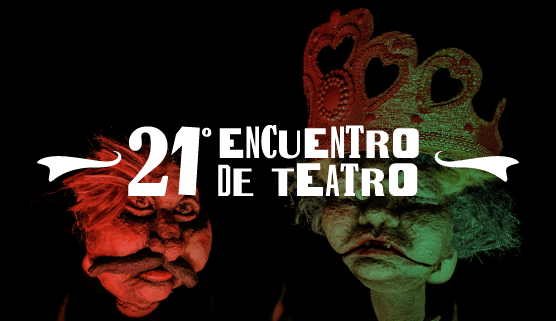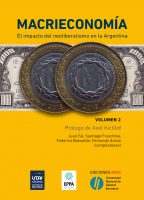Construcciones socioculturales sobre las/los moradores de la calle en Chile de los albores del siglo XXI
The thesis «Sociocultural constructions about street people in Chile in the beginning of the 21st century» consists of the realization of an empirical and well-documentated research, from a socio-anthropological point of view, which aims to give an insight of street people past and present life. This study focuses on understanding the processes of social and symbolic construction of the street people, according to the schemes that have been established by the different social actors over time, schemes that permitted them to define, classify and understand this evolution.
The study consists of five parts, including the introduction and the conclusions. The «Introduction» settles the problematic, goals, theoretical and methodological approach and scope of the research. The first chapter, entitled «The Society of people living on the streets» provides a picture of the interaction and interpretation frames, which allows us to see how it provokes undesirable discrimination in terms of social inequality. What I have been calling socio-moral hierarchy is an emerging concept that introduces the methods that organize and define this differentiation. This differenciation is put in relief from a historical-genealogical perspective,
5
ranging from the colonial period to the present day. So, the part I provides informations to help understanding the current redefinition of the social categories studied, and their repercussions in social life.
The second part of this report is called «Actors, practices, in relation with the street people at the beginning of the 21st century». It identifies and characterizes the main actors who, at the beginning of the twenty-first century, contributed to set up the frames of street people life, that is to say all the non govermental social welfare organizations, the State and the voluntaries. All of these actors, nevermind that their impact has been of great importance or not, had led to changes nationwide. All of them are exposed to the essence of the street people, and in the way of dealing with them they reckon on their own values. This chapter suggests that all the interpretations that have been developed during this period led to so many inadequate treatments of the street people, rather than dealing with them in a way much more simple, nothing more as a social problem.
In the part III, called « Moving places. The nearby otherness of street people at the beginning of the 21st century » established the role played by the social actors, and their implication in the management of the street people, showing that each of them had a significant participation either because they helped in the re-elaboration of the concepts or because they participated in the integration of this people into the welfare system.
In the part IV, « Conclusions » of the study, I come back on the most relevant points of the research, and talk about the key issues concerning the process of socio-cultural construction of the street people.







